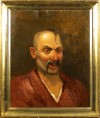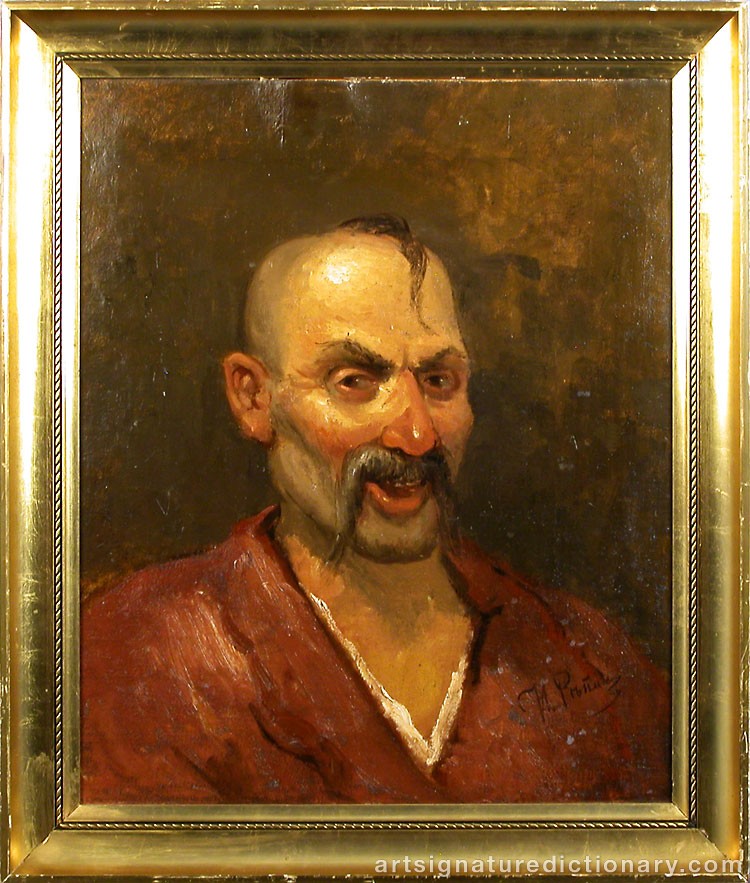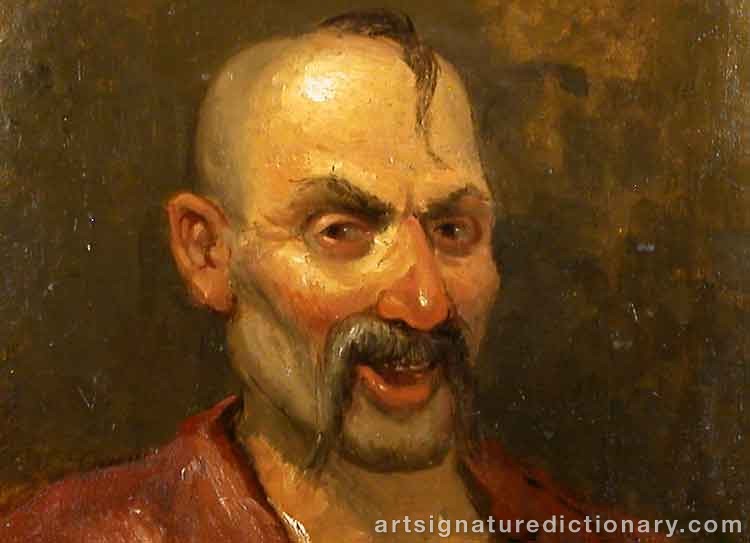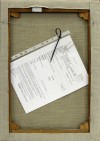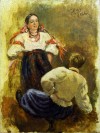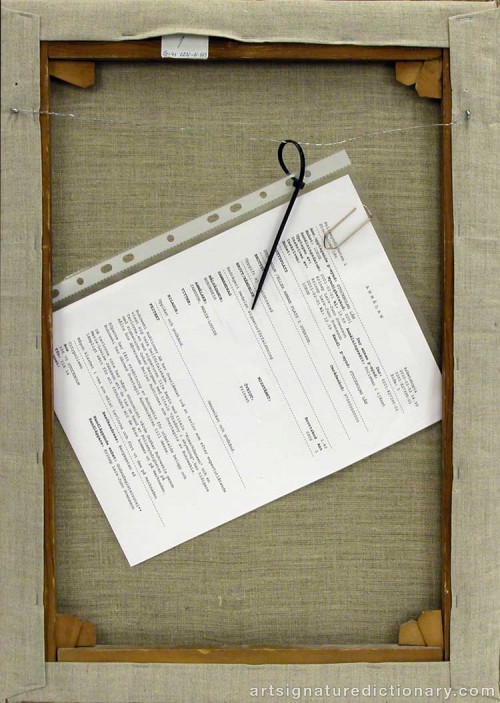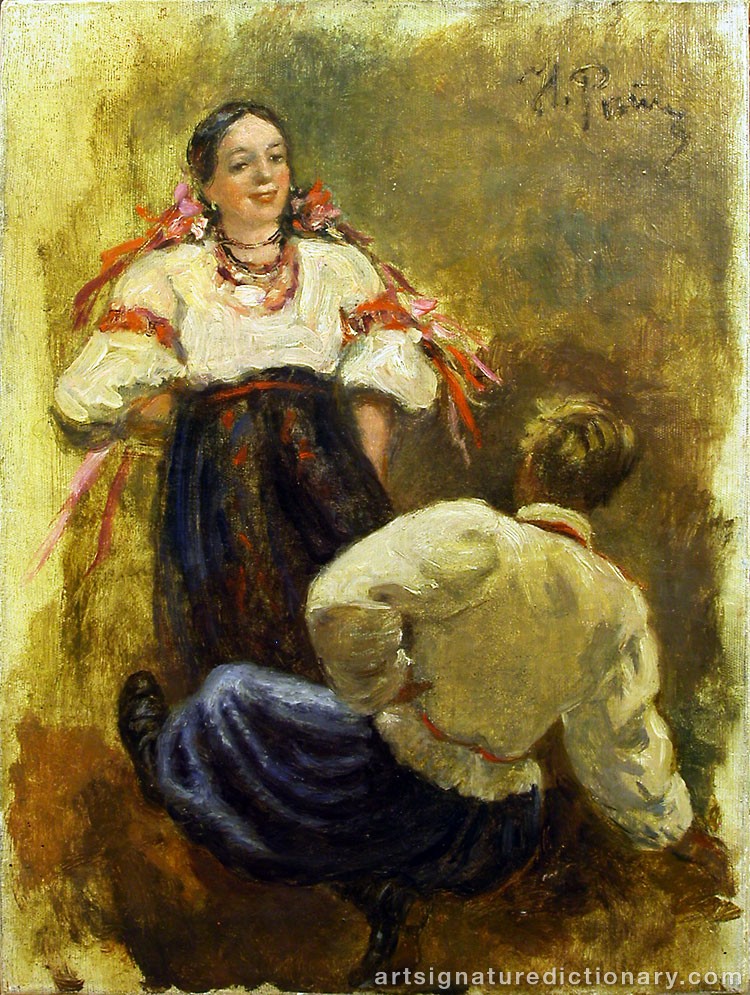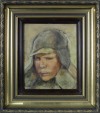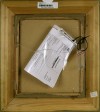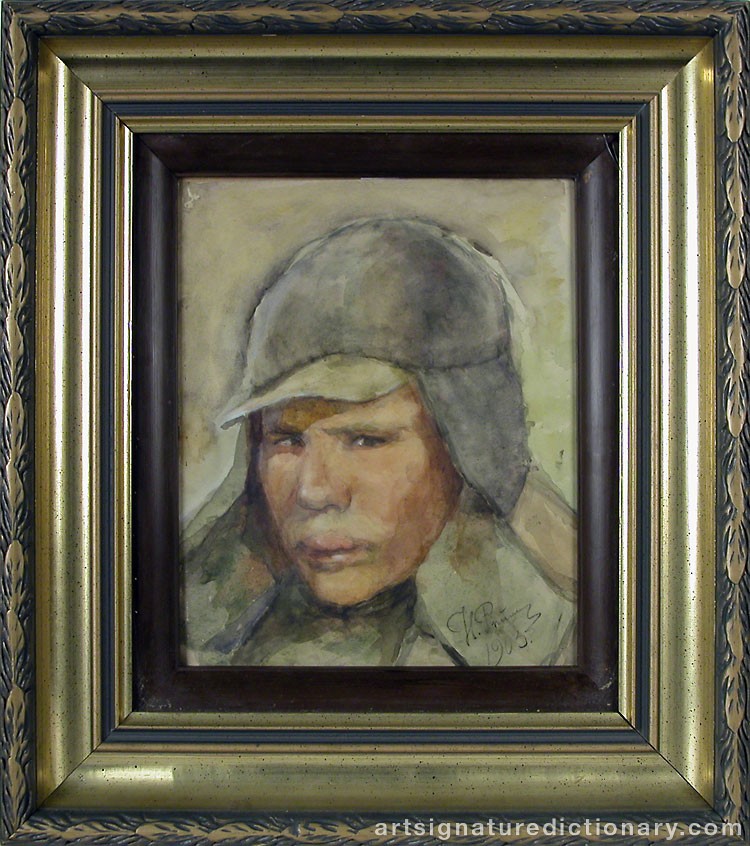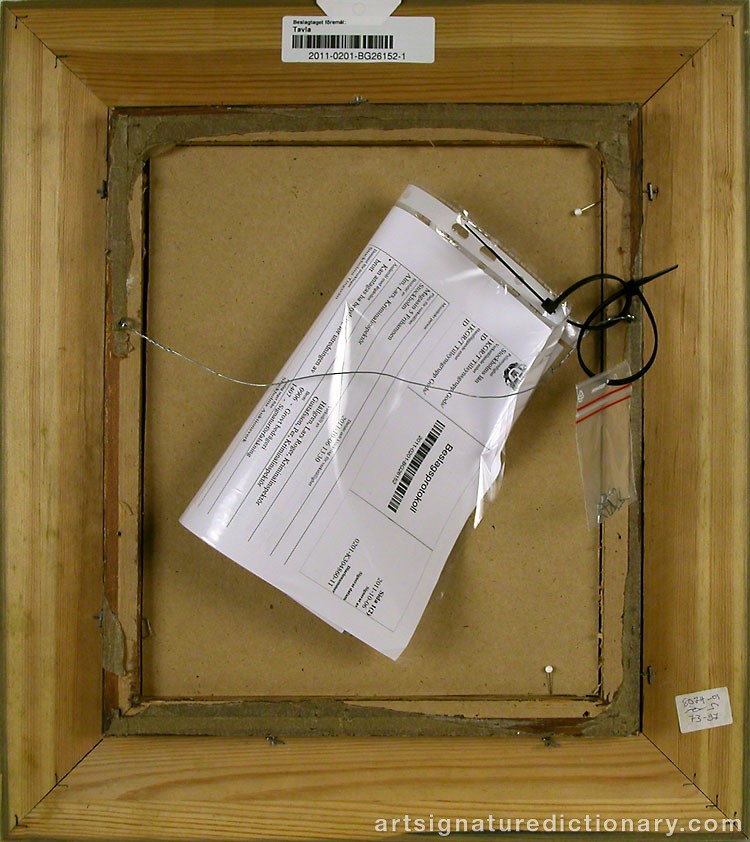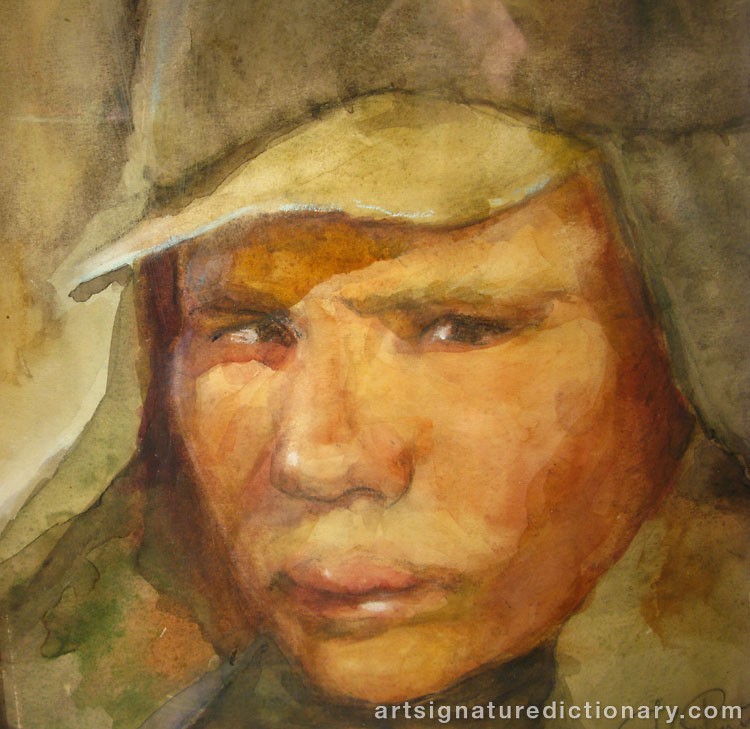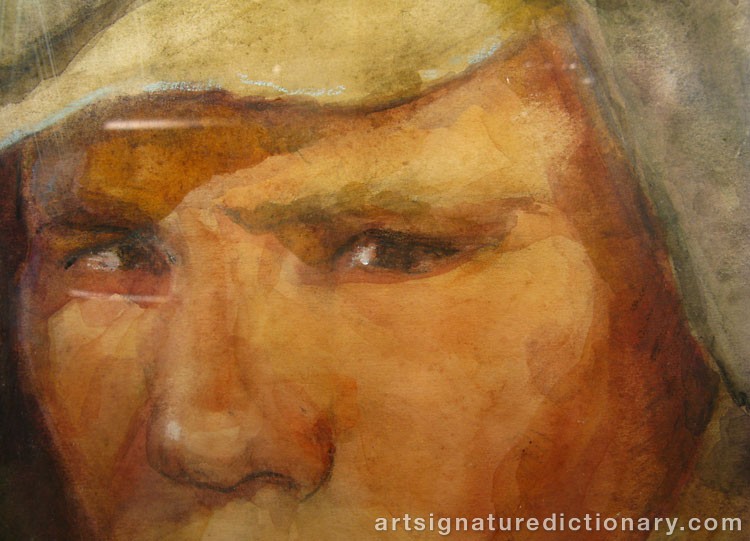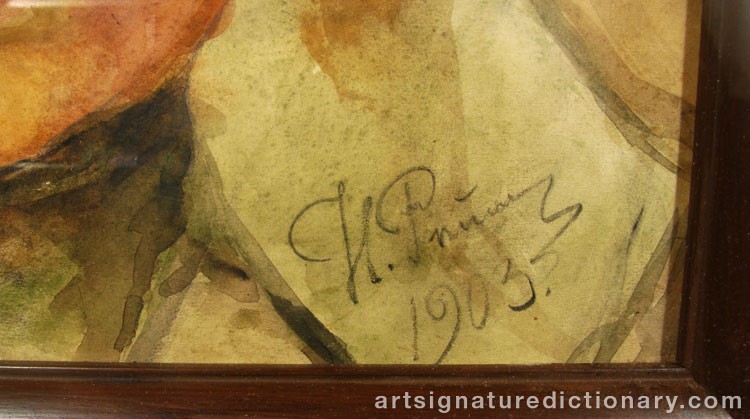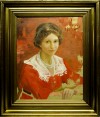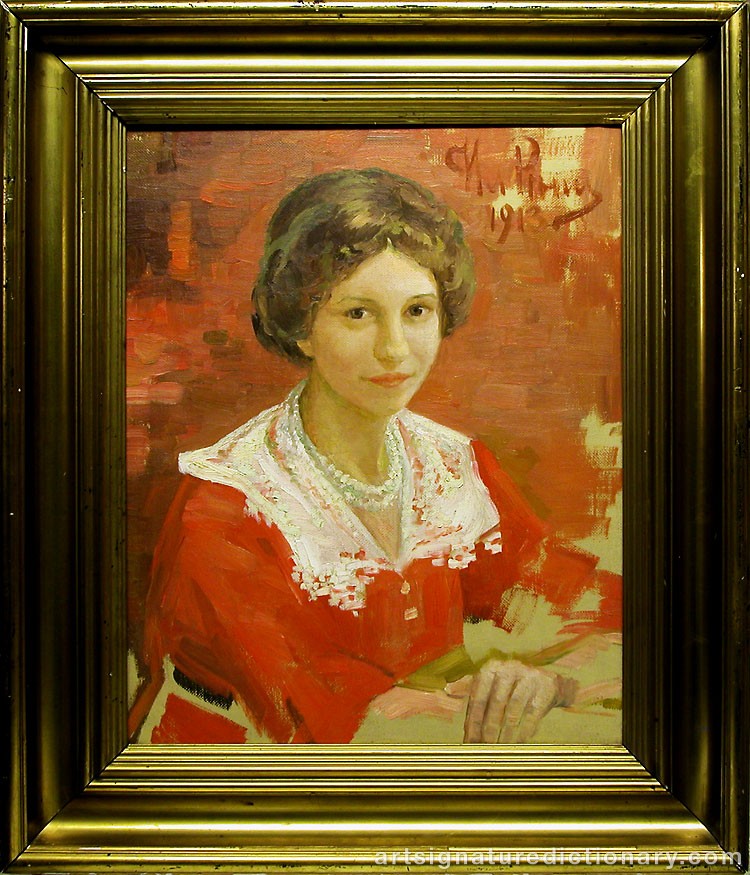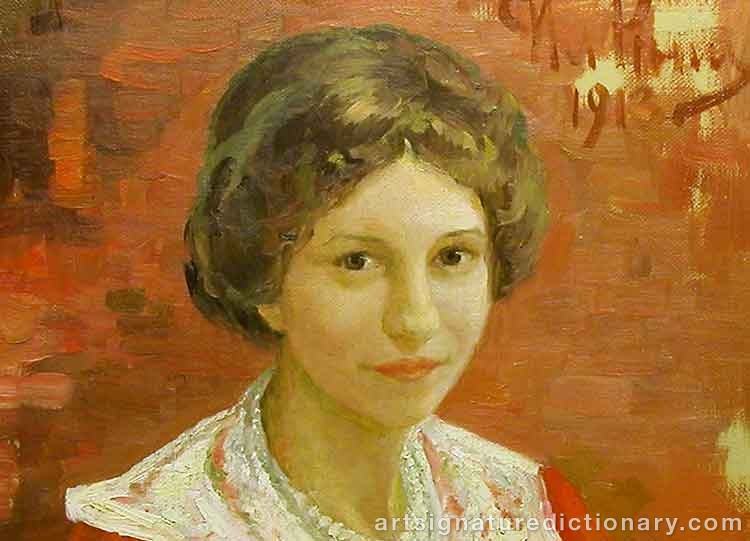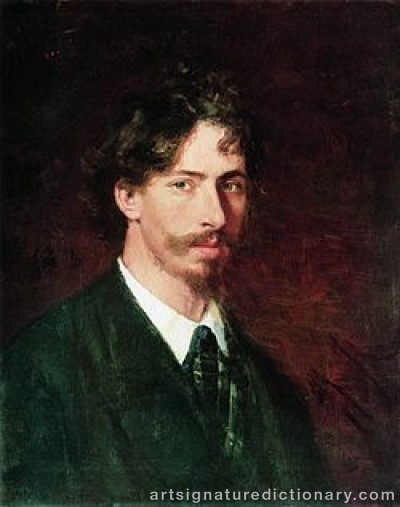
Ilya Efimovich REPIN
1844–1930, Ukraine/Finland/Russia
Also known as: IR
Signatures & monograms
27 signatures and monograms by Ilya Efimovich Repin on drawing, graphic, print, painting and watercolour. Compare authentic and documented counterfeit examples to study signature characteristics.

Signature proven counterfeit
Oil on canvas, Portrait with laughing Cossack, signed "I. Repin" with Cyrillic letters, 55x45 cm. Ostensibly picturing a genuine painting by the Russian artist Ilya Efimovich Repin. The painting is part of a major fraud cases from 2003 in Finland with several people involved. This painting was for sale for Euro 52,000. After expert investigation and judgment declared that this painting was not genuine. It was a forgery.

Signature proven counterfeit
Oil on canvas. Sold at an auction house in Stockholm. The buyer return the painting and want to leave it back when he suspects that it is not genuine. Auction house withdraws the painting and replaces the purchaser. Police were called who takes the painting seized. After an investigation and expert judgment declared that the painting is not genuine. It is a forgery.
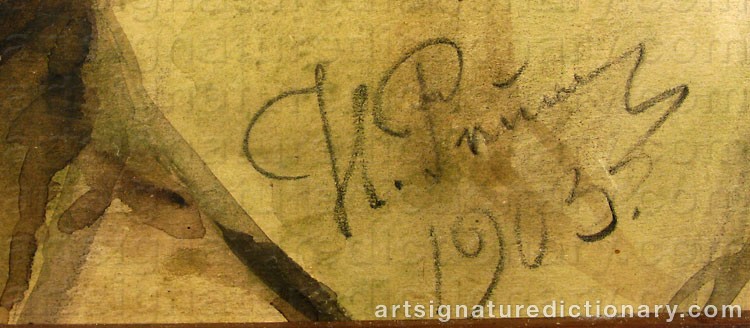
Signature proven counterfeit
Watercolour, Portrait of a young man, signed "I Repin 1903", 24x30 cm. The painting had been submitted to an auction house in Stockholm for sale via the internet. The submitter did not provide data about the painting or the artist, but stated that it was an heirlooms from the father. The auction house considered that the painting would be examined by expert regarding authenticity. It was noted immediately that the painting was not done by the the Russian artist Ilya Repin - it was a forgery, however, with a well-made signature. The painting was handed over to the police and after further investigation and judgment of the court has the painting been forfeited.
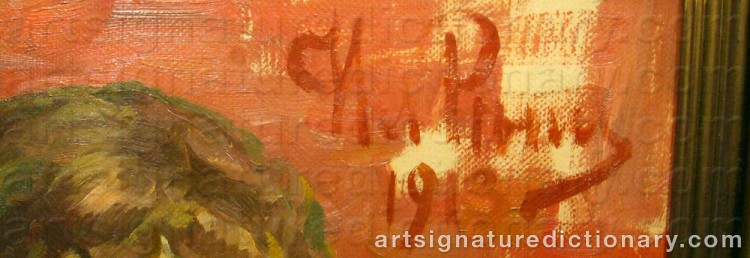
Signature proven counterfeit
Oljemålning på duk, porträtt av en ung kvinna, signerad "I. Repin" med kyrilliska bokstäver. Skenbart föreställande en äkta målning utförd av den Ryska konstnären Ilya Efimovich Repin. Målningen ingår i ett av de många bedrägerifall som polisen tog i beslag under slutet av 1990-talet och början av 2000-talet i Danmark. Efter expertutredning och dom förklarades att denna målning inte var äkta. Det var en förfalskning.

Signature considered genuine

Signature considered genuine

Signature considered genuine

Signature considered genuine

Signature considered genuine

Signature considered genuine

Signature considered genuine

Signature considered genuine

Signature considered genuine
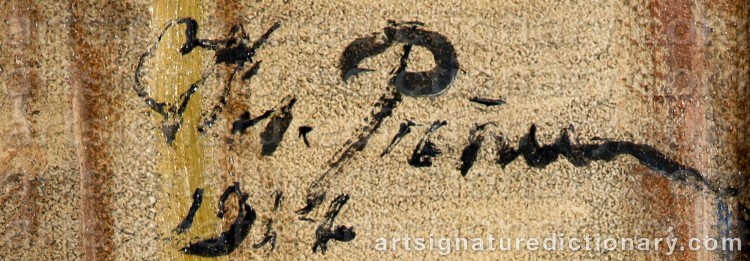
Signature considered genuine

Signature considered genuine
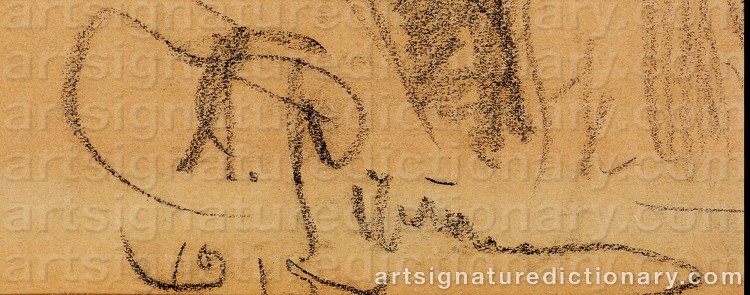
Signature considered genuine

Signature considered genuine

Signature considered genuine

Signature considered genuine

Signature considered genuine
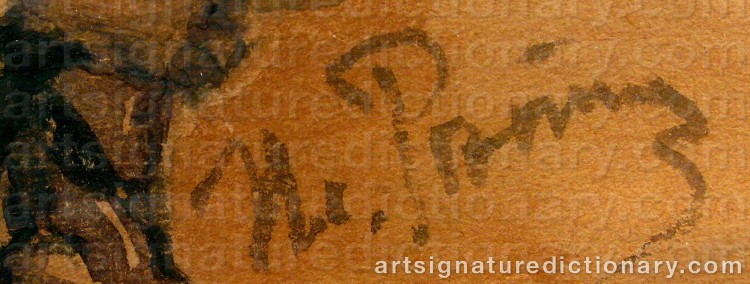
Signature considered genuine

Signature considered genuine

Signature considered genuine

Signature considered genuine

Signature considered genuine

Signature considered genuine

Signature considered genuine
Explore other artists
Discover other notable artists who were contemporaries of Ilya Efimovich REPIN. These artists worked during the same period, offering valuable insights into artistic movements, signature styles, and authentication practices. Exploring related artists makes it easier to recognize common characteristics and artistic conventions of their era.
